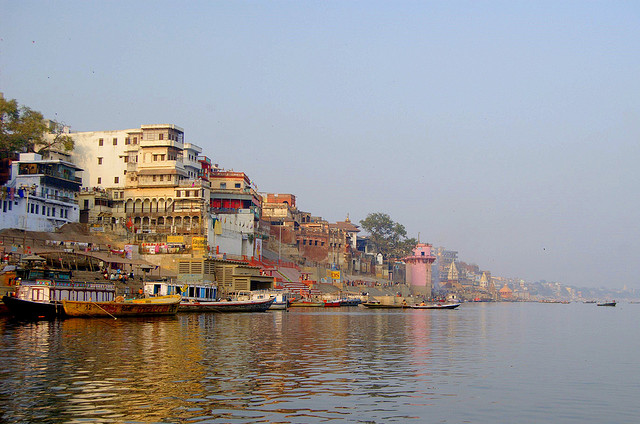Temples to visit this Navratri season

In India we celebrate many festivals and Navratri is also one of the major festivals in India. It's 9 days of celebration followed by Dusshera and Diwali in few weeks. People believe that these auspicious days are good to start a business and they visit temples to take blessings. During this time all the temples are decorated and lighted. Communal feast known as bhandaras are also organized.






